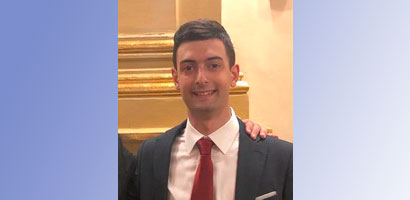
Introduction
It is widely believed that military alliances are created in response to a hostile party. Because of that, many of them might not last longer than a decade. There is however one successful example that has survived for 70 years. The North Atlantic Treaty Organization has been created during the Cold War with a clear objective to safeguard the Euro-Atlantic area from any potential adversary or aggression. As such its role has never expired, but on the contrary become more intense against the new challenges that became more prominent in the 21st century. From historical stand point, it can be said that the organisation, (up until last two decades) was predominantly under the US leadership. And despite the fact that many of the leading European countries today play major role in NATO, it can be said that America still presents the main pillar. As such this is no surprise that the US decisions play very crucial role in the NATO operations. Naturally, however, there have been several disagreements or different views on certain issues between the US and European allies. Some thinkers argue that the current timeline showcases that divide in stronger colours, ever since Donald Trump became the president of the United States.
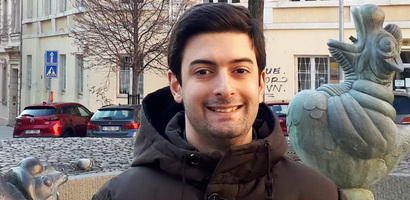
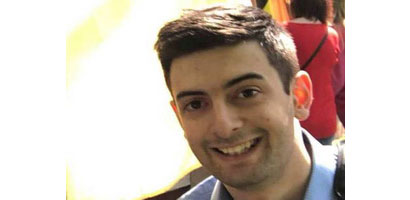
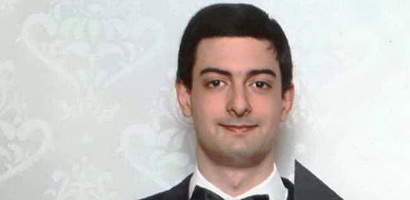
 The end of the Cold War was one of the most important events of the 20th century, which marked the beginning of a new era. In 1989, famous political scientist Francis Fukuyama, wrote an essay "The End of History?", the main focus of which was to argue about the developments that would take place in the post-Cold War world, as well as about the role of liberal democracy. In his paper he advocates liberal democracy, as the only legitimate type of government, and also supports the idea that by westernizing the world, conflicts based on ideology would cease to exist. Naturally his paper received both arguments in favour, as well as criticism. The most notable form of opposition his theory faced was from Samuel Huntington's "The Clash of Civilizations?", an essay that was a direct response to Fukuyama's work. Huntington, being one of the most noteworthy political scientists, contradicted his former student's (Fukuyama's) theory, arguing that conflicts would continue to exist in the world, however they would be based more on cultural and religious basis. However, in order to understand Huntington's arguments, it is crucial to examine the theory of Fukuyama first.
The end of the Cold War was one of the most important events of the 20th century, which marked the beginning of a new era. In 1989, famous political scientist Francis Fukuyama, wrote an essay "The End of History?", the main focus of which was to argue about the developments that would take place in the post-Cold War world, as well as about the role of liberal democracy. In his paper he advocates liberal democracy, as the only legitimate type of government, and also supports the idea that by westernizing the world, conflicts based on ideology would cease to exist. Naturally his paper received both arguments in favour, as well as criticism. The most notable form of opposition his theory faced was from Samuel Huntington's "The Clash of Civilizations?", an essay that was a direct response to Fukuyama's work. Huntington, being one of the most noteworthy political scientists, contradicted his former student's (Fukuyama's) theory, arguing that conflicts would continue to exist in the world, however they would be based more on cultural and religious basis. However, in order to understand Huntington's arguments, it is crucial to examine the theory of Fukuyama first.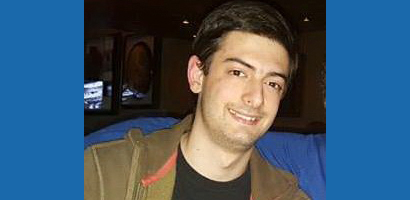 The year of 2015 was one of the most difficult ones for the Europe. It was the year the ongoing refugee crisis took place. As a result of the war that plunged Syria in chaos, this processhasbecomeone of the hot debated topics. Because of the war, poverty and persecution,countless people are forced to leave behind their home and seek shelter in Europe. To do so they often use illegal ways of crossing borders within and into Europe by crossing the Mediterranean, or being smuggled through various means. It is the reason, the desperate search for the shelter often results in a tragic death for many refugees. Leaving aside the sheer number of Syrians entering Europe, the crisis is further fuelled by the fact that Europe (the EU especially) is not united in solving this problem. To say the least, not every European country is willing to accept refugees and some of them go as far as closing borders and imposing very strict border and migration control to prevent them from entering the country. The reasons for their actions are different.
The year of 2015 was one of the most difficult ones for the Europe. It was the year the ongoing refugee crisis took place. As a result of the war that plunged Syria in chaos, this processhasbecomeone of the hot debated topics. Because of the war, poverty and persecution,countless people are forced to leave behind their home and seek shelter in Europe. To do so they often use illegal ways of crossing borders within and into Europe by crossing the Mediterranean, or being smuggled through various means. It is the reason, the desperate search for the shelter often results in a tragic death for many refugees. Leaving aside the sheer number of Syrians entering Europe, the crisis is further fuelled by the fact that Europe (the EU especially) is not united in solving this problem. To say the least, not every European country is willing to accept refugees and some of them go as far as closing borders and imposing very strict border and migration control to prevent them from entering the country. The reasons for their actions are different.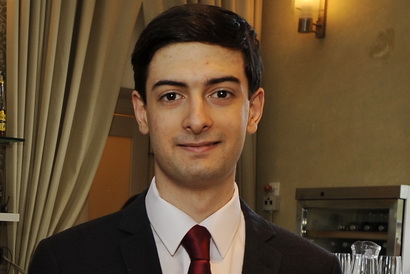 The 2014 Russian aggression towards Ukraine has created major concern in the Western society. Since then the officials and experts have been debating on yet another relationship deteriorations between the West and Russia, trying to draw parallels from the history and possibly explain the Russian goals. Most frequently the parallels are made with the situation during the Cold War. Through progress of time, there emerges the fear that the new Cold War is escalating, if it had ever finished. There are different concept views on this subject: some think of the current events as the 'New Cold War' or 'Cold War II', while the others claim that the Original Cold War had never ended and the present tensions are another phase of it. Of course, it also means that there are people who oppose idea theXXI century Cold War in any form. The primary indicators, that prove the existence of serious tensions between the West and Russia, are expressed in the following key characteristics: the concepts of the "Russian World" and "Sovereign Democracy"— both of which indicate the ideological contradiction between the factions; the idea of the Eurasian Union, as an economic aspect; spheres of influence expressed by "Policy of Privileged Interests"; and military forces as instrument of spreading influence in neighbouring countries.
The 2014 Russian aggression towards Ukraine has created major concern in the Western society. Since then the officials and experts have been debating on yet another relationship deteriorations between the West and Russia, trying to draw parallels from the history and possibly explain the Russian goals. Most frequently the parallels are made with the situation during the Cold War. Through progress of time, there emerges the fear that the new Cold War is escalating, if it had ever finished. There are different concept views on this subject: some think of the current events as the 'New Cold War' or 'Cold War II', while the others claim that the Original Cold War had never ended and the present tensions are another phase of it. Of course, it also means that there are people who oppose idea theXXI century Cold War in any form. The primary indicators, that prove the existence of serious tensions between the West and Russia, are expressed in the following key characteristics: the concepts of the "Russian World" and "Sovereign Democracy"— both of which indicate the ideological contradiction between the factions; the idea of the Eurasian Union, as an economic aspect; spheres of influence expressed by "Policy of Privileged Interests"; and military forces as instrument of spreading influence in neighbouring countries.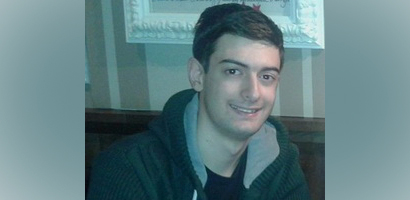 Terrorism is considered by many as an unauthorized use of violence in order to instill fear in population. Because of its broad concept, it is mistakenly often classified as only the instrument of political violence, while in reality it is the manifestation of all types of violence. Unfortunately, many journalists and politicians today tend to address every act of violence to terrorism without properly mentioning the right subtype. Not only that but many scholars (especially the representatives of the orthodox terrorism studies) address to terrorism as a new concept which (according to their theory) first took place during the September 11 attacks.
Terrorism is considered by many as an unauthorized use of violence in order to instill fear in population. Because of its broad concept, it is mistakenly often classified as only the instrument of political violence, while in reality it is the manifestation of all types of violence. Unfortunately, many journalists and politicians today tend to address every act of violence to terrorism without properly mentioning the right subtype. Not only that but many scholars (especially the representatives of the orthodox terrorism studies) address to terrorism as a new concept which (according to their theory) first took place during the September 11 attacks.